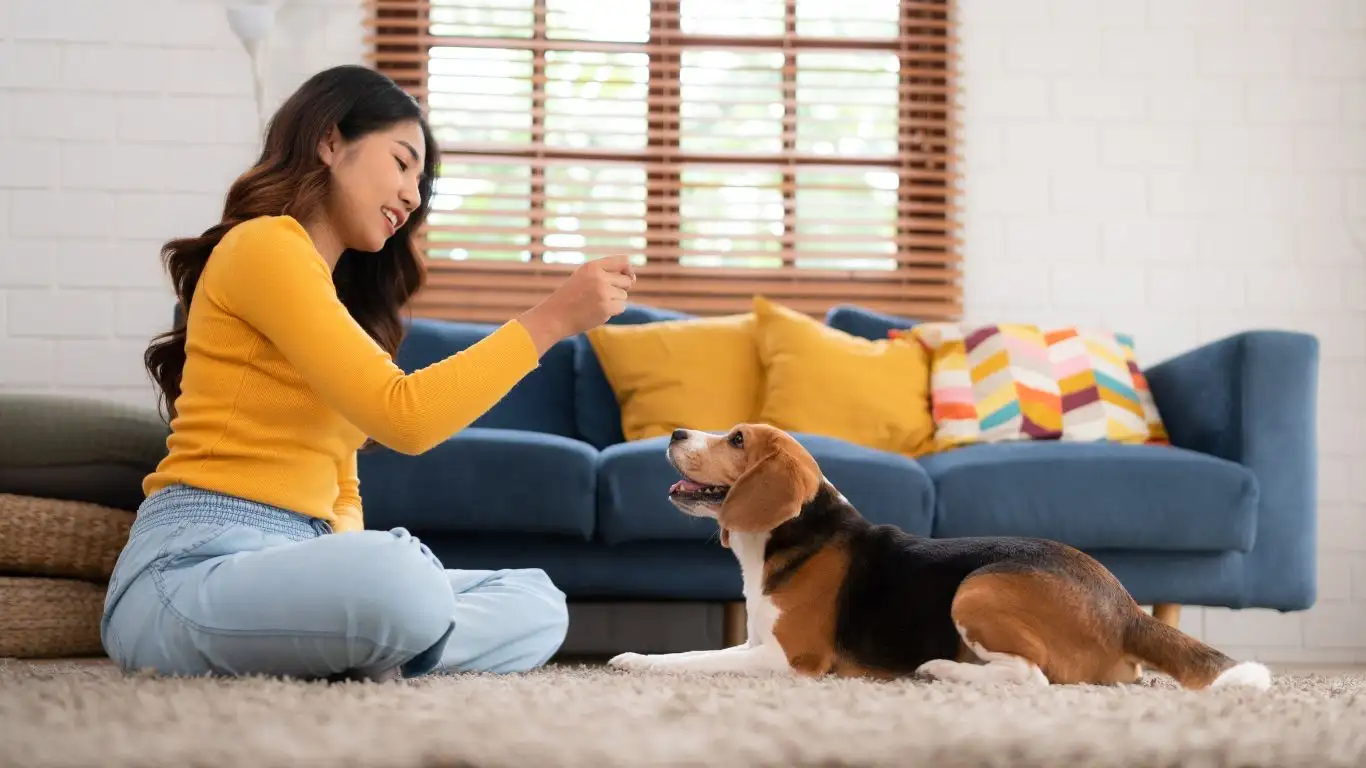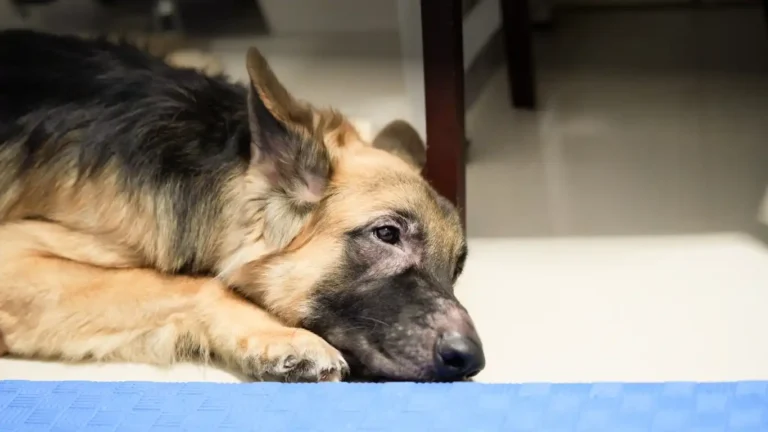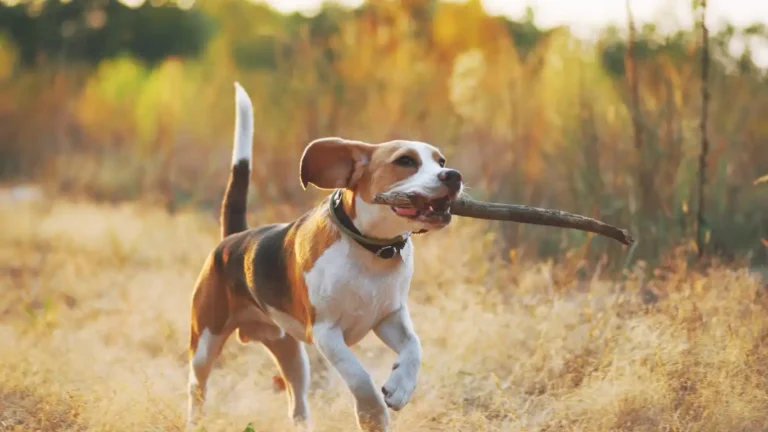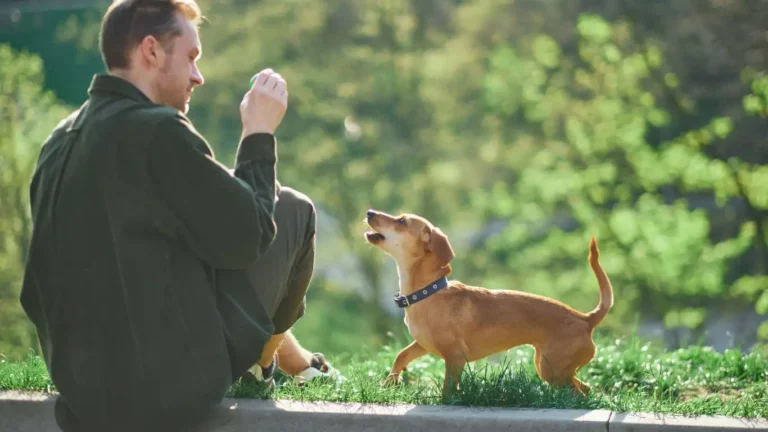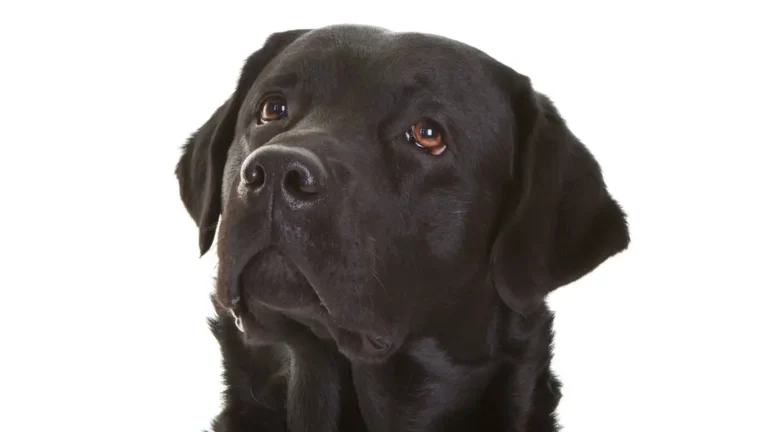How to Train a Dog to Stop Pawing for Attention (Quick & Effective)
Training your dog to stop pawing at people for attention is something many dog owners struggle with. It’s a common behavior, but one that can quickly become annoying if not addressed properly. As a Certified Professional Dog Trainer (CPDT-KA), I’ve worked with countless dogs and their owners to help reduce this behavior, and I’ve seen the positive results when the right strategies are put into place. In this guide, I’m going to walk you through how to train a dog to stop pawing at people for attention, using effective, humane methods that will help you regain peace in your home and prevent unwanted behaviors in public. So, let’s dive in!
Understanding Why Dogs Paw at People
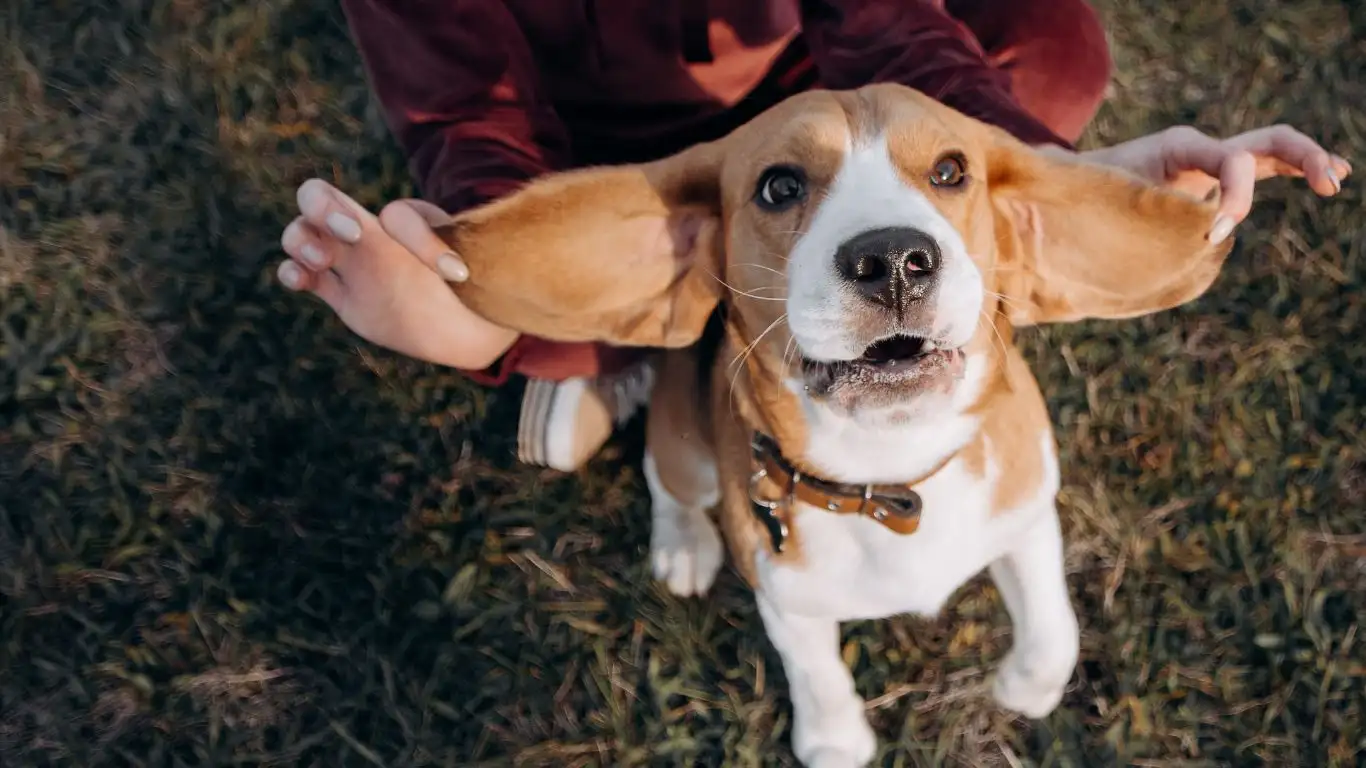
Before we jump into the training methods, it’s important to understand why your dog is pawing at you or others in the first place. Pawing can be a natural behavior, but it is also often learned. When dogs use their paws to get attention, they’re generally doing it because it works. They quickly realize that if they paw at someone, they either get petted, a treat, or some other form of positive reinforcement. It becomes a self-rewarding cycle.
Some dogs may paw as a form of greeting, excitement, or even out of boredom. This behavior can also be a way for dogs to communicate their needs or desires. For example, they might want to play, go for a walk, or simply get some attention when they feel neglected. In some cases, it’s not even a conscious attempt to annoy anyone—it’s just how they express themselves.
As a trainer, I always say that understanding the reason behind the behavior is the first step in finding a solution. Once we know why our dogs are pawing at us, we can more effectively teach them what to do instead. So let’s look at a few common reasons your dog might be pawing at you:
- Attention-seeking: They want to interact with you, get petted, or get a reaction.
- Excitement: This happens often when dogs are thrilled to see you or other people.
- Playfulness: Dogs may paw as part of play, especially if they’ve been trained to use their paws for tricks or games.
- Affection: Dogs often paw as a form of showing affection or trying to initiate contact.
Once you’ve identified the reason, you can begin working on how to stop it. But first, let’s talk about why it’s important to address this behavior.
Why Stopping Pawing is Important
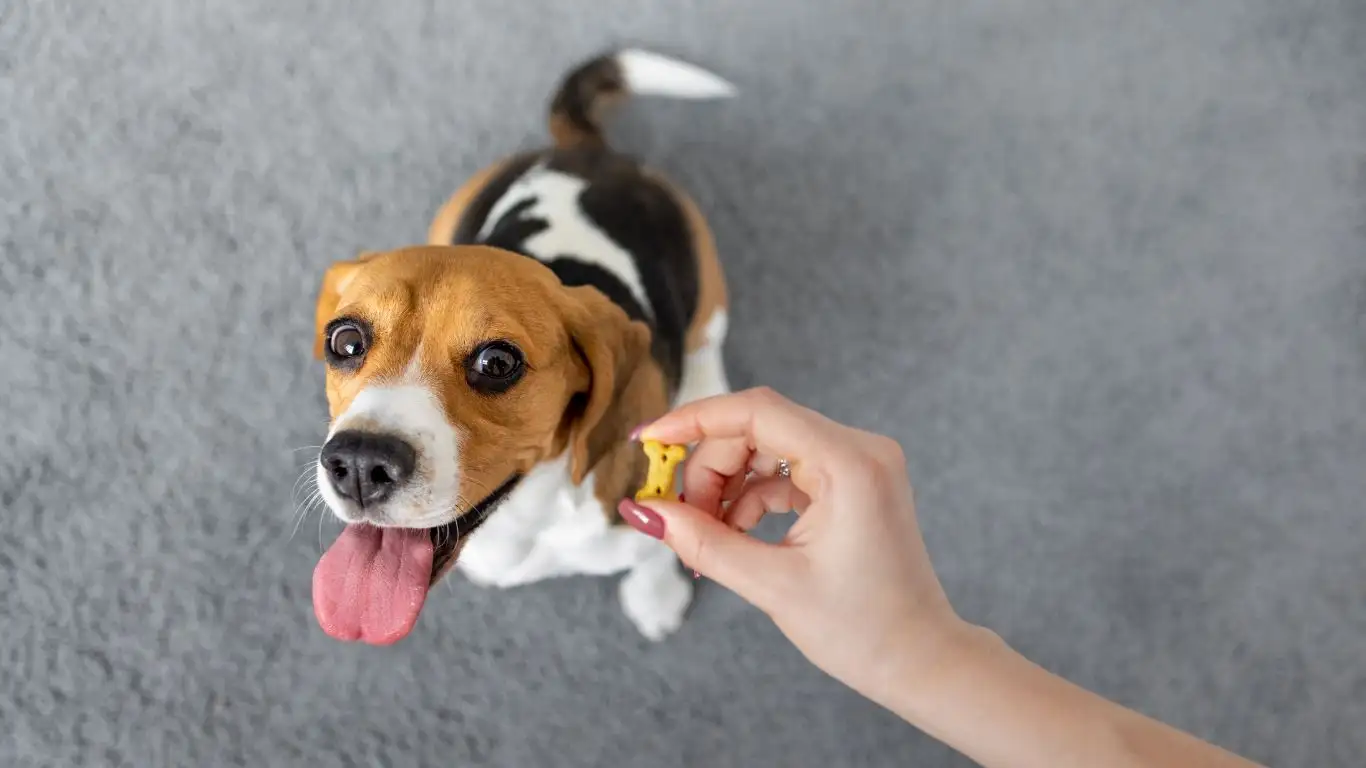
While pawing might seem harmless at first, it can quickly spiral into a habit that’s difficult to break. Here’s why you might want to stop your dog from pawing at people:
- It can become a nuisance: Constant pawing can be irritating to both you and your guests. Over time, it may result in undesirable situations, like knocking over a drink or scratching someone’s skin.
- It reinforces undesirable behavior: If your dog is pawing to get attention and it works, they’ll continue to do it. Dogs don’t distinguish between good or bad attention—they simply know that their pawing gets them something.
- It can be rude or inappropriate in public: While pawing may seem cute at home, it’s not always welcome in public settings. Not everyone is comfortable with dogs, and excessive pawing can lead to embarrassing or uncomfortable situations.
With these points in mind, it becomes clear that while pawing might feel harmless, it can lead to bigger challenges if not addressed early on. Fortunately, it’s something that can be corrected with patience, consistency, and the right approach.
How to Train a Dog to Stop Pawing at People for Attention
Now, let’s get to the good stuff: the steps you can take to train your dog to stop pawing. Training is a gradual process, so don’t expect overnight miracles. That said, consistency is key, and with a little patience, you’ll see significant improvements.
1. Ignore the Pawing Behavior

The first step is to ignore your dog when they paw at you. I know it can be tough because they are so cute, and it’s tempting to give in. However, responding to the pawing reinforces the behavior, making it more likely to continue.
When your dog paws at you, turn away, avoid eye contact, and do not give them any form of attention, whether that’s talking to them, petting them, or even acknowledging their presence. This will help them learn that pawing does not get them what they want.
It’s important to note that ignoring your dog can be difficult, especially if they’ve been pawing for a while and it’s become a strong habit. But don’t give in! Eventually, your dog will realize that pawing doesn’t work, and they’ll start trying other ways to get your attention.
2. Reinforce Calm Behavior
When your dog stops pawing and is calm, reward them immediately. You want to reinforce calm, polite behavior, not the frantic pawing for attention.
Whenever your dog approaches you calmly (no pawing!), give them a treat or affection as a reward. This way, they start to associate calm behavior with positive outcomes, and pawing becomes a less attractive option. Consistency is crucial here—always reward calmness and never reward pawing.
3. Teach an Alternate Behavior
Another effective way to stop pawing is to teach your dog an alternative behavior that they can do instead. This could be something like sitting, lying down, or offering a paw (in a controlled manner). The key is to replace the pawing with something that is just as rewarding, but more polite and manageable.
For example, when your dog begins to paw at you, ask them to sit. Once they sit, reward them with attention or a treat. Over time, your dog will learn that sitting gets them what they want, not pawing.
Stay tuned for the next part, where we’ll go into more strategies for teaching your dog to stop pawing, including using positive reinforcement techniques and other tips that can make a real difference!
Using Positive Reinforcement to Stop Pawing

Now that we’ve touched on the basics of ignoring pawing and rewarding calm behavior, let’s dive deeper into the power of positive reinforcement. Positive reinforcement is the cornerstone of successful dog training. It’s a technique that encourages good behavior by rewarding your dog when they do something you like. When it comes to stopping pawing, positive reinforcement can be a game-changer.
When your dog paws at you for attention, they are essentially looking for a reaction. By ignoring them (as we discussed earlier), they’ll start to figure out that pawing doesn’t get them what they want. But here’s where positive reinforcement comes into play: once they stop pawing and choose a calmer behavior, you immediately reward them for it. This teaches your dog that calm behavior is the best way to get your attention.
For instance, if your dog stops pawing and sits quietly in front of you, that’s the perfect moment to give them a treat or shower them with praise. The key is to deliver the reward right away, so your dog makes the connection between sitting calmly and getting rewarded. If you wait too long, they might not understand why they’re being rewarded.
My experience with using positive reinforcement for this behavior has been incredibly effective. I had a client whose dog, Max, would paw at her incessantly during their walks. By ignoring the pawing and rewarding Max when he walked calmly beside her, he soon learned that staying by her side without pawing earned him the attention and praise he craved. It didn’t take long for Max to stop the pawing habit entirely, and the walks became much more enjoyable for both of them!
Redirecting Energy with Interactive Toys and Games
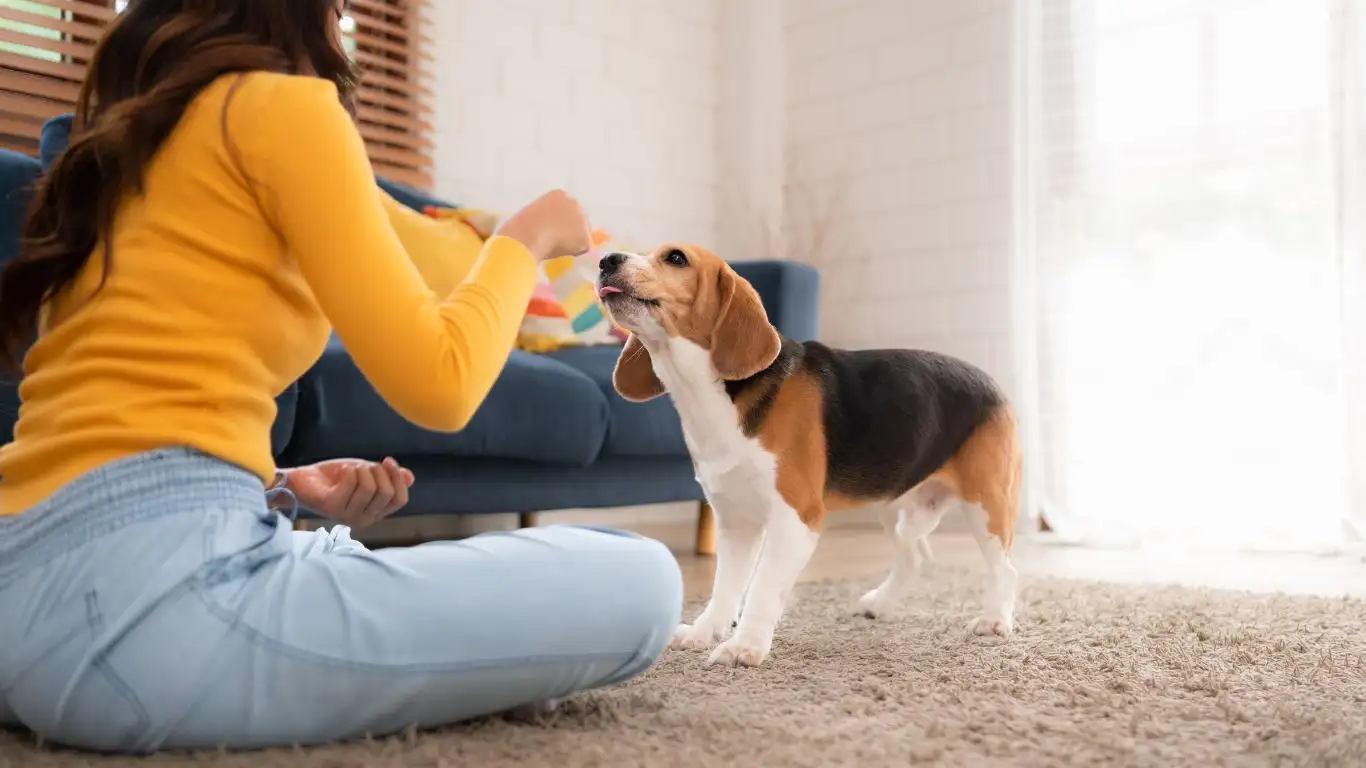
Sometimes, dogs paw at us because they have too much energy or they’re just plain bored. This is especially true for highly active dogs that need more mental and physical stimulation. One of the best ways to redirect your dog’s energy is by providing interactive toys or engaging in activities that help them burn off that excess energy.
Think of interactive toys as brain games for your dog. Toys like treat-dispensing puzzles, tug ropes, or even balls that they can chase around help keep your dog occupied while also providing mental stimulation. These toys allow your dog to focus on something other than pawing at you. A tired dog is far less likely to engage in annoying behaviors, including pawing!
Another option is to play games like fetch or hide-and-seek. These games are not only fun for your dog, but they also reinforce positive behaviors. During a game of fetch, you can teach your dog to wait patiently for their turn to chase the ball. If they start pawing or getting too excited, simply stop the game and restart it when they calm down. This reinforces the idea that only calm behavior results in more playtime.
On a personal note, I’ve worked with several high-energy dogs, and I’ve found that games like fetch or tug-of-war are fantastic for redirecting their energy. One of my favorite success stories involves a border collie named Duke. Duke was notorious for pawing at his owner every time they tried to sit down and relax. After a few weeks of high-energy play sessions and introducing new toys, Duke started using the toys as outlets for his energy, and the pawing behavior disappeared almost entirely. It was a total game-changer!
Consistency Is Key
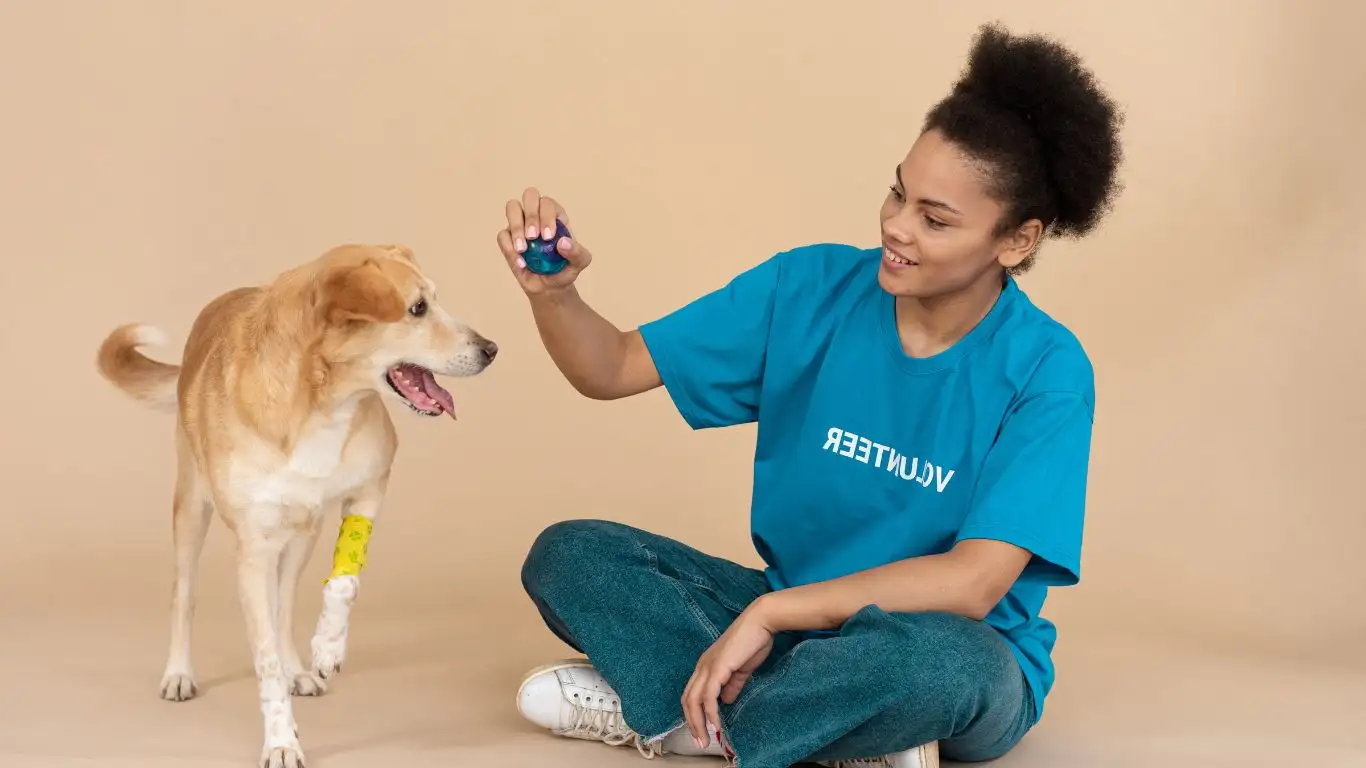
Now that you have some strategies in place, there’s one final thing that’s essential to successfully training your dog to stop pawing: consistency. You need to be consistent with your training, and so does everyone in your household. If one person allows the pawing to happen while another person ignores it, your dog will get mixed signals and won’t know what to expect.
Consistency also means being patient and sticking to the plan. If your dog paws at you for attention and you ignore it one day, but then give in the next day, they’ll quickly learn that pawing is a hit-or-miss behavior. Over time, this will make the training process take longer. So, it’s important to stay consistent, even on days when you’re feeling frustrated or tempted to just give them what they want.
One trick I recommend is to set up a training schedule. For example, dedicate a few minutes each day to practicing “calm behavior” training, where your dog learns to sit, stay, or simply chill out without pawing. By making it a regular part of your day, you’ll reinforce the desired behavior, and over time, your dog will naturally stop pawing at you for attention.
As a dog trainer, I can tell you that consistency is what separates successful training from ineffective training. Stick with it, and you’ll see the results!
Using Clicker Training for Pawing Behaviors
If you’ve never tried clicker training before, now might be the perfect time to give it a go. Clicker training is a form of positive reinforcement that uses a sound—a “click”—to mark the exact moment your dog performs the desired behavior. It’s a powerful tool for shaping behaviors, and it can be particularly effective when addressing pawing issues.
Here’s how it works: When your dog starts to paw at you, you would immediately stop giving them attention. As soon as they stop pawing and display calm behavior, you make a distinct “click” sound (using a clicker, or even your voice if you don’t have one). Then, immediately reward your dog with a treat or praise. The click sound helps your dog connect the exact moment of good behavior with the reward.
Clicker training is all about timing and precision, which is why it works so well for targeting specific behaviors like pawing. It’s a fantastic tool if you’re serious about stopping pawing and other unwanted habits.
In my experience, dogs like Charlie, who was once a constant pawer, showed incredible improvement after a few clicker training sessions. By marking the exact moment when Charlie stopped pawing and rewarding him, he learned to associate calm behavior with positive reinforcement. Over time, the pawing became less frequent, and he learned to behave more politely.
So, whether you use clicker training or simple verbal praise, remember: it’s all about being consistent, clear, and rewarding the behaviors you want to see more of!
Addressing Excessive Pawing in Public Spaces
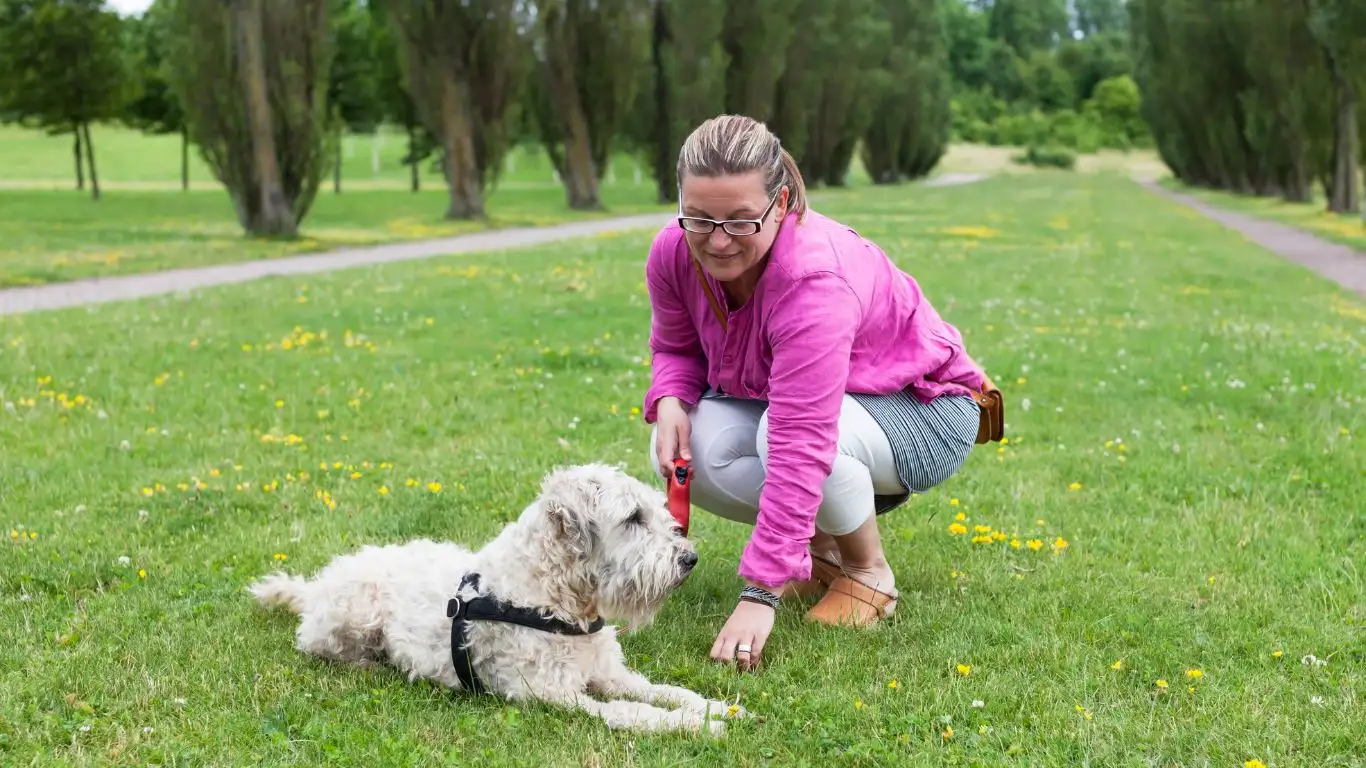
So far, we’ve covered how to address pawing at home and when you’re having one-on-one interactions with your dog. But what about when you’re out and about, in public spaces, or at the dog park? Pawing behavior can be just as disruptive in these environments, and it often becomes more difficult to manage when your dog is overexcited, distracted, or surrounded by other dogs or people.
One thing I’ve noticed during my time as a dog trainer is that dogs often behave more impulsively in public settings. Pawing can escalate when there are new smells, other dogs, or just a lot of excitement in the environment. The good news is that the training principles we’ve already discussed can still be applied here—but with a few adjustments to account for the distractions of public spaces.
One method that works well in these situations is preemptive training. Before you head out, make sure your dog understands the basic concept of calm behavior. This can be done through controlled training sessions at home or in a quiet area. For instance, practice walking on a leash without excessive pulling or pawing. Give them rewards for staying calm during these sessions, even when you introduce some mild distractions (such as another person or a toy).
Another approach I’ve used with great success is setting expectations before entering a public space. For example, if you’re visiting a friend or going to the dog park, set a rule that your dog must sit and wait before approaching anyone. This teaches your dog to engage in more polite behavior, rather than running up to people and pawing at them. A little preemptive training goes a long way in helping your dog stay calm when out in public.
Using Leash and Harness for Control
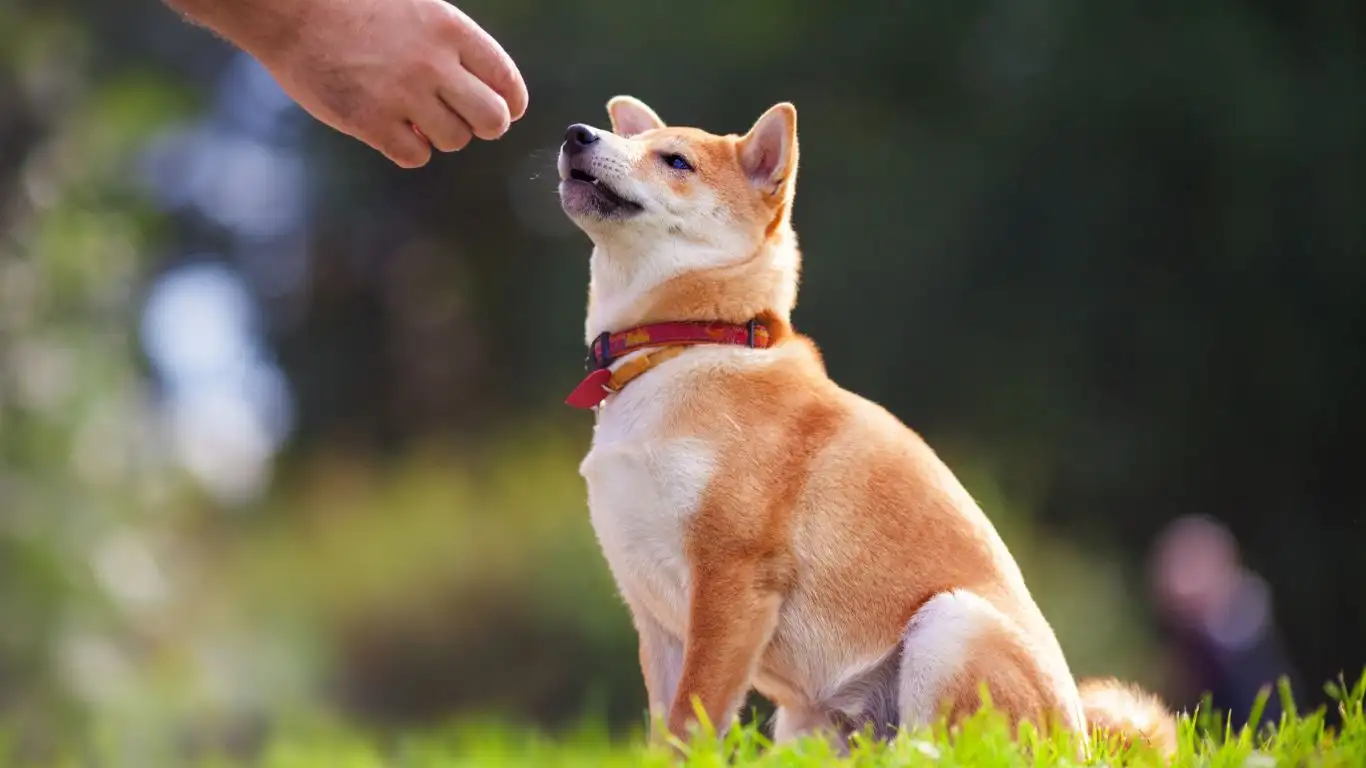
When you’re out in public and dealing with a dog that loves to paw at people, having the proper equipment can make all the difference. Using a leash and harness allows you to maintain control over your dog’s behavior while also giving them the freedom to move. In my experience, this is especially helpful when your dog gets overexcited and begins pawing at strangers or other dogs.
A well-fitted harness can give you more control than a collar, especially if your dog is strong or tends to pull. By gently redirecting your dog’s attention, you can help them focus on you rather than on the people or other dogs around. I’ve worked with clients whose dogs would go from pawing at people to pulling on their leash when they were excited. Switching to a harness solved both problems—allowing the dog to feel more comfortable while giving the owner the ability to guide them away from inappropriate behaviors.
Remember, though, using a harness isn’t a magic fix—it’s just one part of the solution. You still need to consistently reinforce calm behavior and continue rewarding your dog when they remain composed in public. Just like with any other training tool, it’s important to stay patient and persistent to see results.
Building Long-Term Success with Continued Socialization
Training your dog to stop pawing takes time, and just as important as stopping the behavior is ensuring that it doesn’t come back. Long-term success in preventing pawing behavior requires continued socialization and reinforcement of the calm behavior you’ve been teaching your dog.
When I talk about socialization, I’m not just referring to letting your dog interact with other dogs. Socialization also includes teaching your dog how to behave in different environments—whether that’s walking in busy areas, meeting new people, or handling new experiences. The more your dog learns how to manage their excitement and impulses in various situations, the less likely they are to fall back into old habits like pawing.
One of my favorite techniques for building long-term success is to gradually expose your dog to different environments while maintaining control of their behavior. For instance, start by visiting quieter places where your dog can get used to being around other people without feeling too overwhelmed. As they show signs of calm behavior, reward them. Gradually, you can work up to more crowded or chaotic environments. The key is to ensure that each new experience is a positive one, reinforcing the calmness you want to see from your dog.
This process takes time and patience, but it’s incredibly rewarding. When dogs are properly socialized, they’re less likely to rely on pawing or other unwanted behaviors as a way of expressing themselves. I had a client with a golden retriever named Bella, who used to paw at strangers for attention. After months of consistent training and exposure to various social situations, Bella became much more comfortable around new people, and her pawing behavior decreased significantly.
References
Disclaimer
The content of this article is for informational purposes only and should not be considered a substitute for professional veterinary or dog training advice. Always consult with a certified dog trainer or veterinarian to address any behavioral issues specific to your pet.
